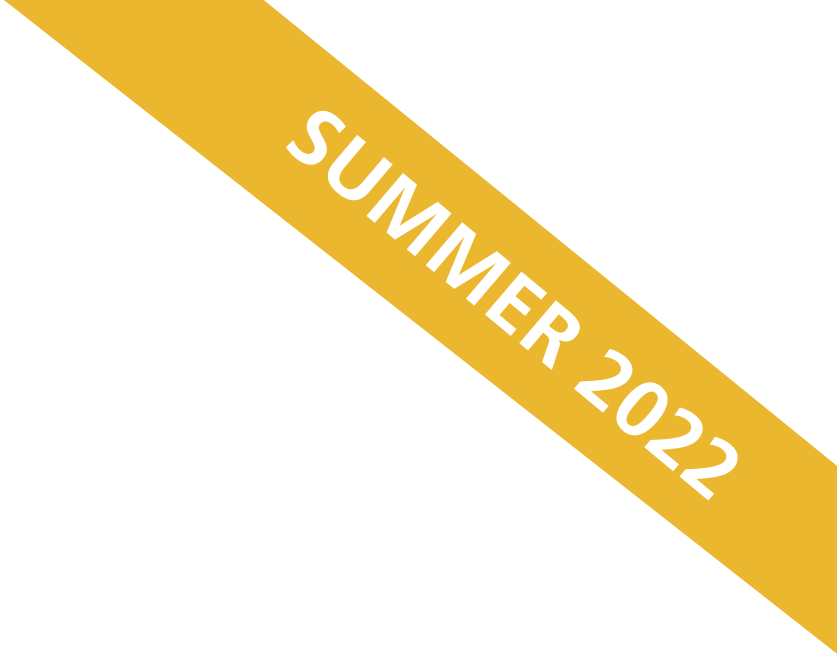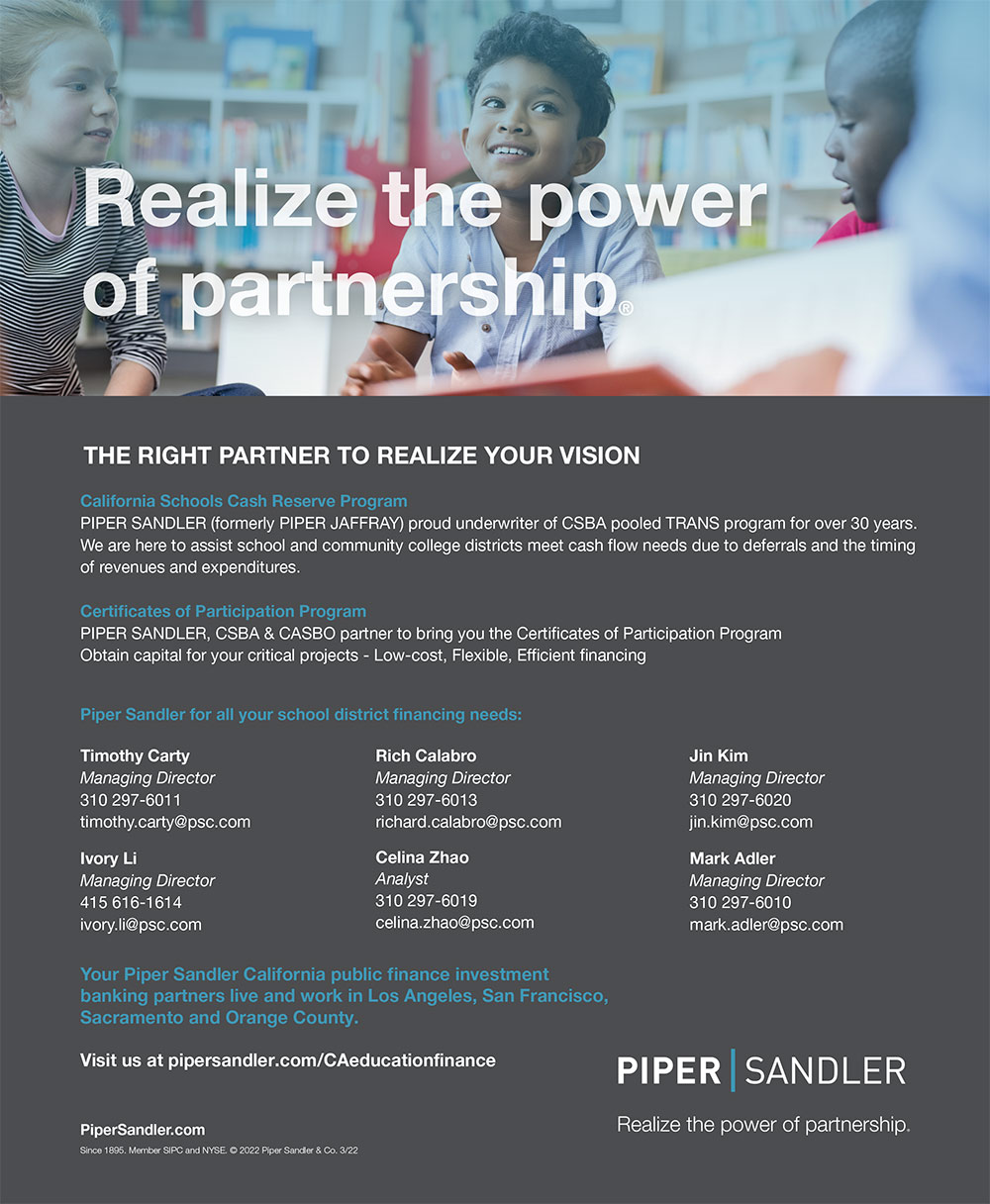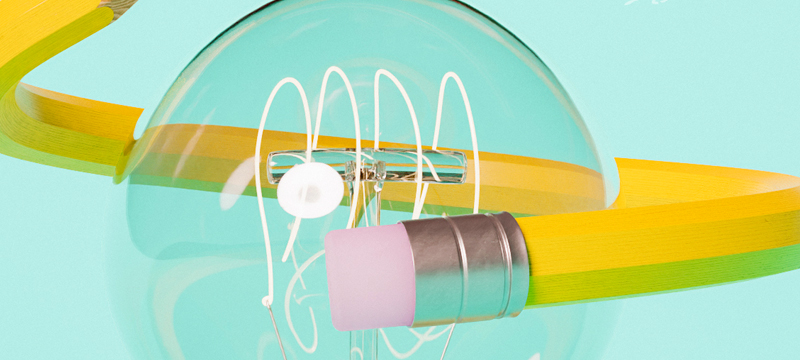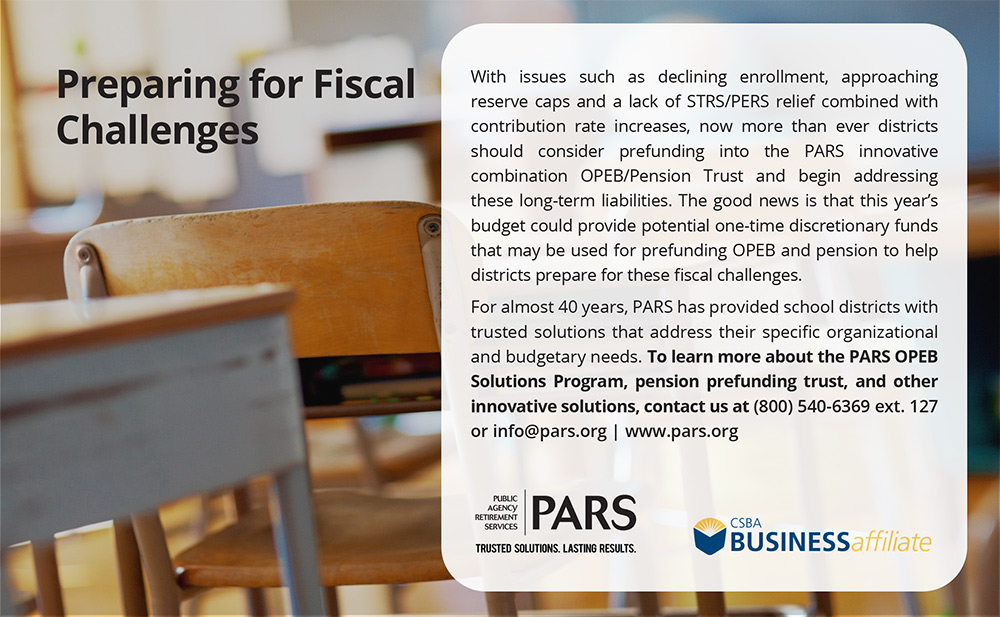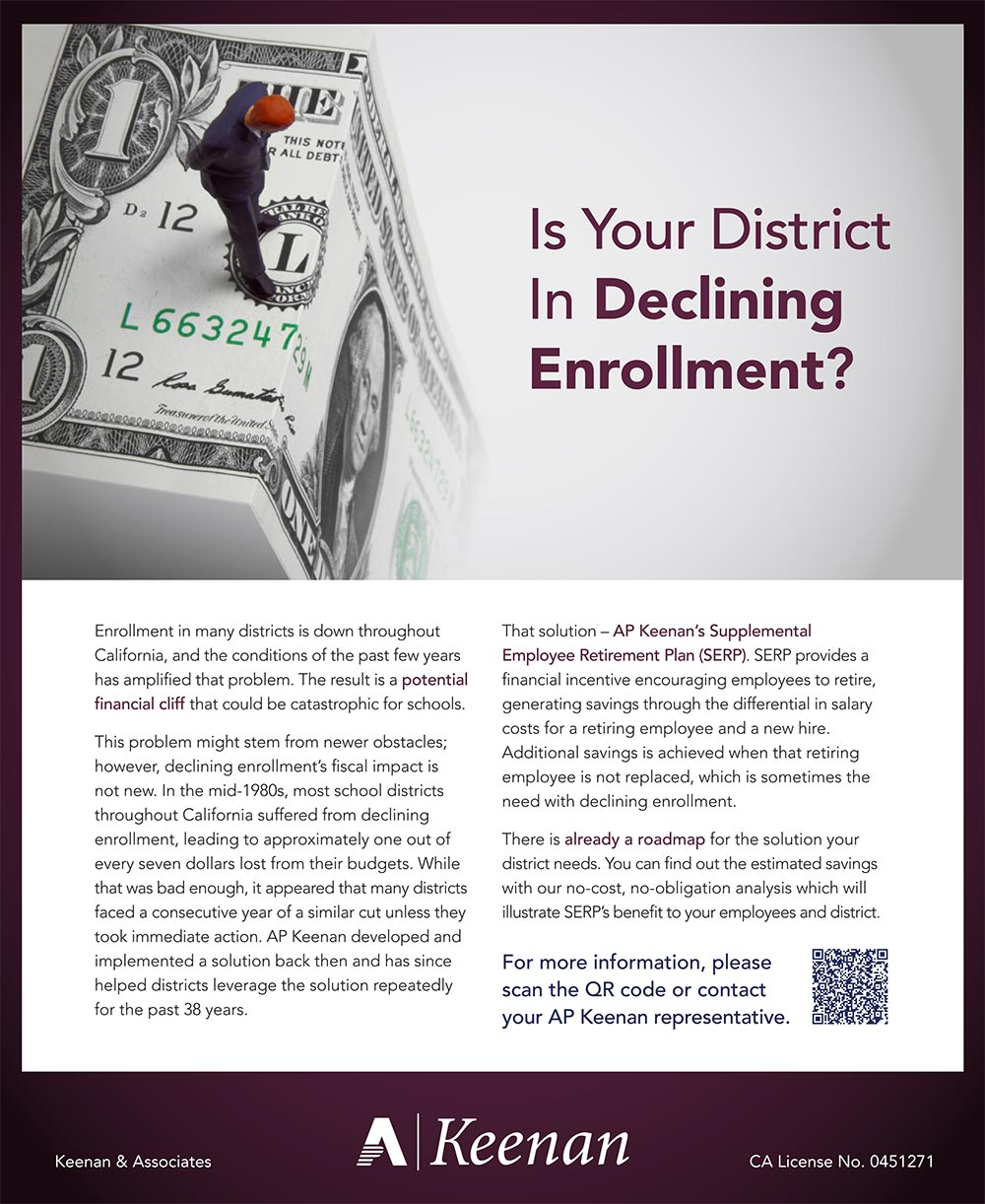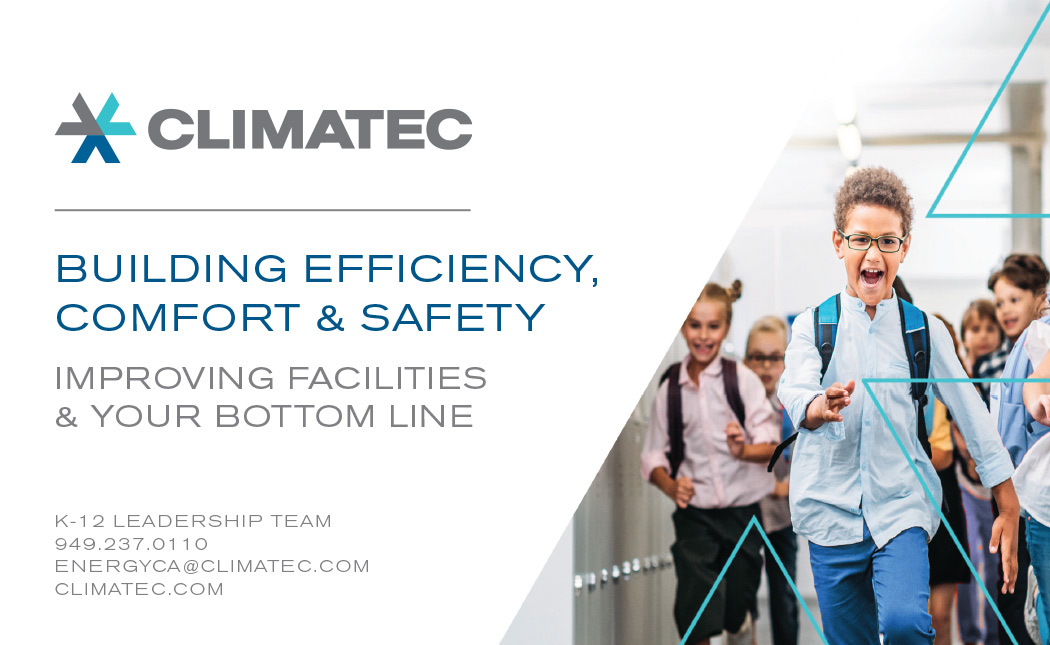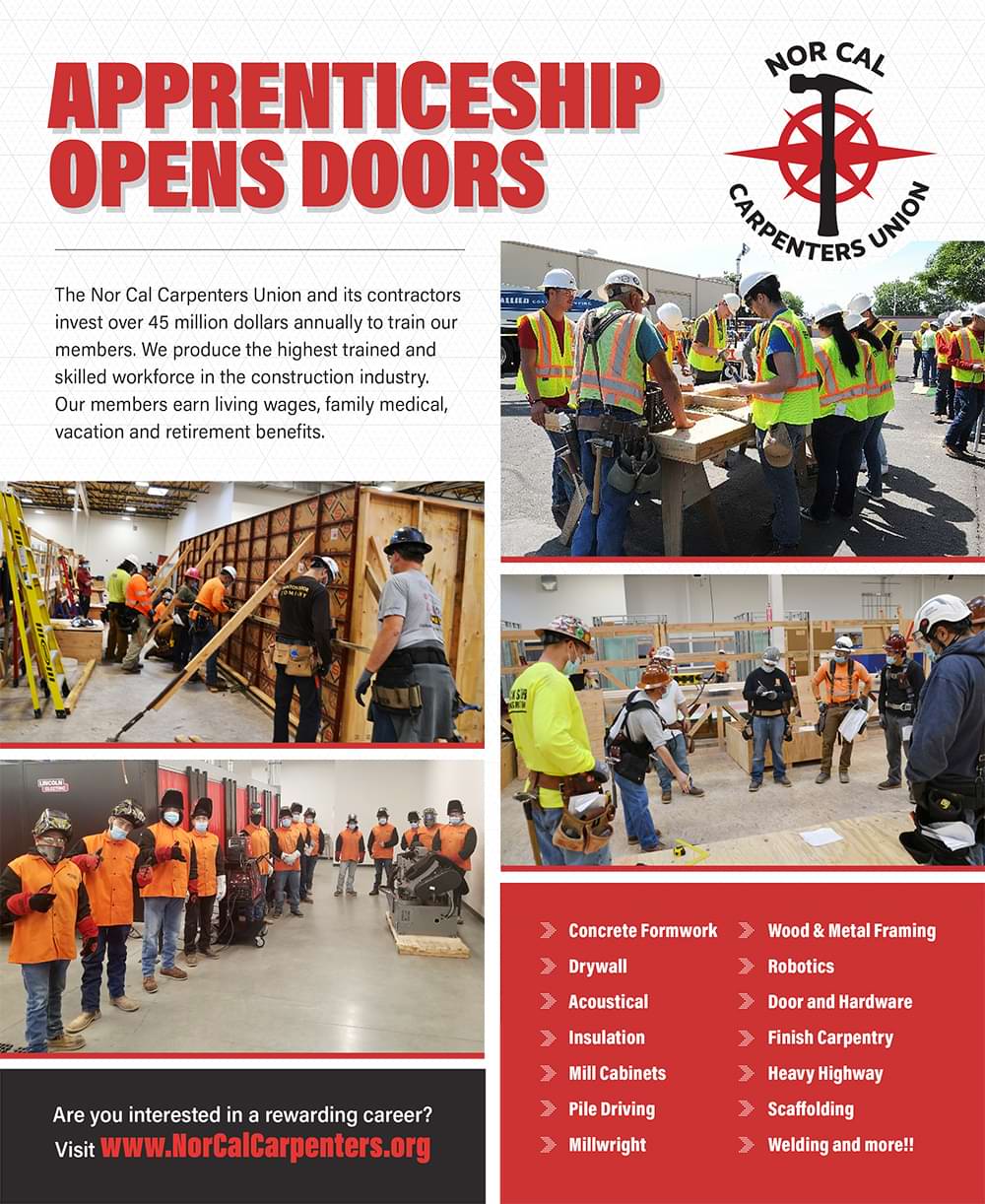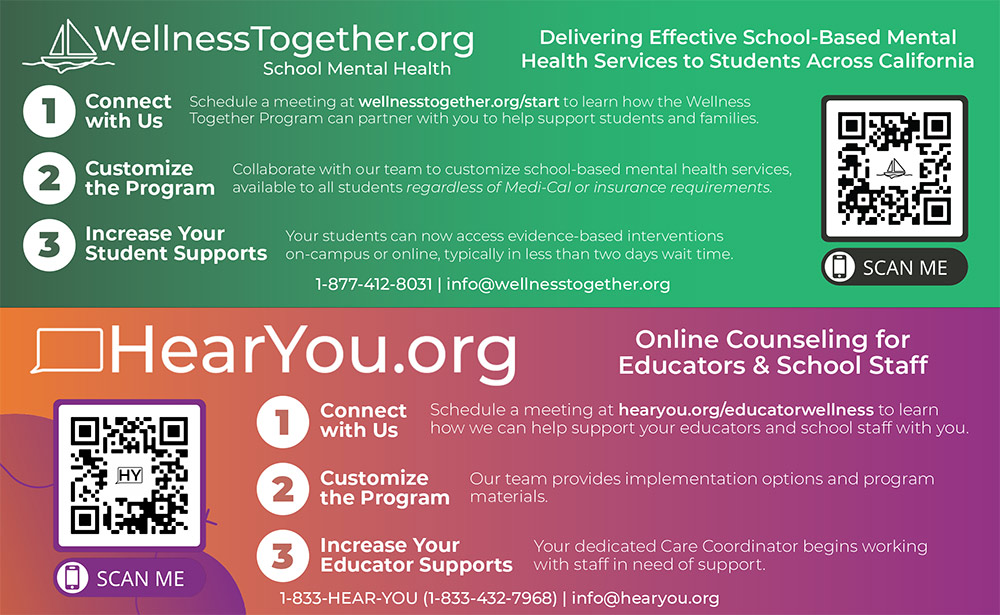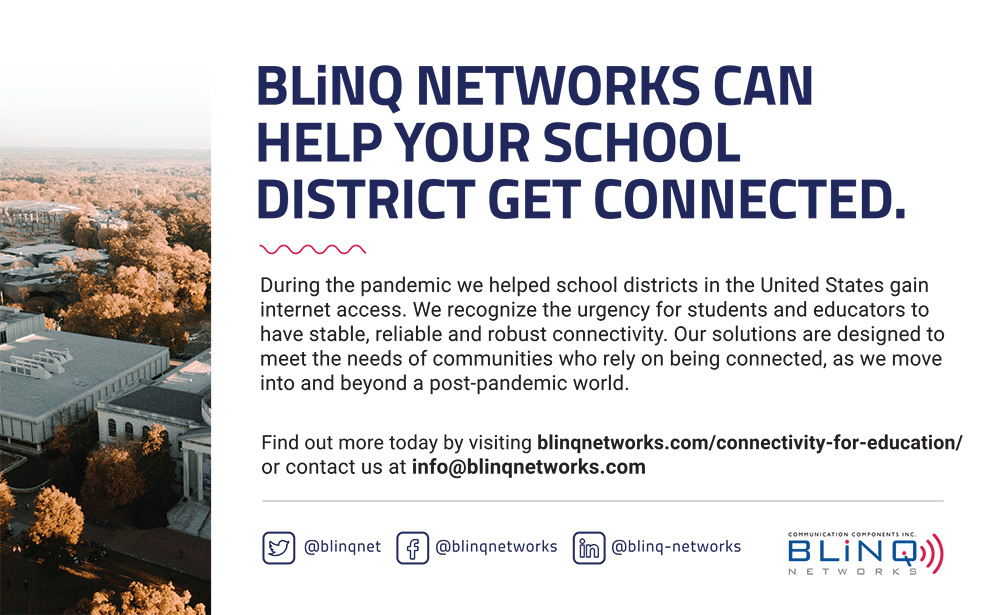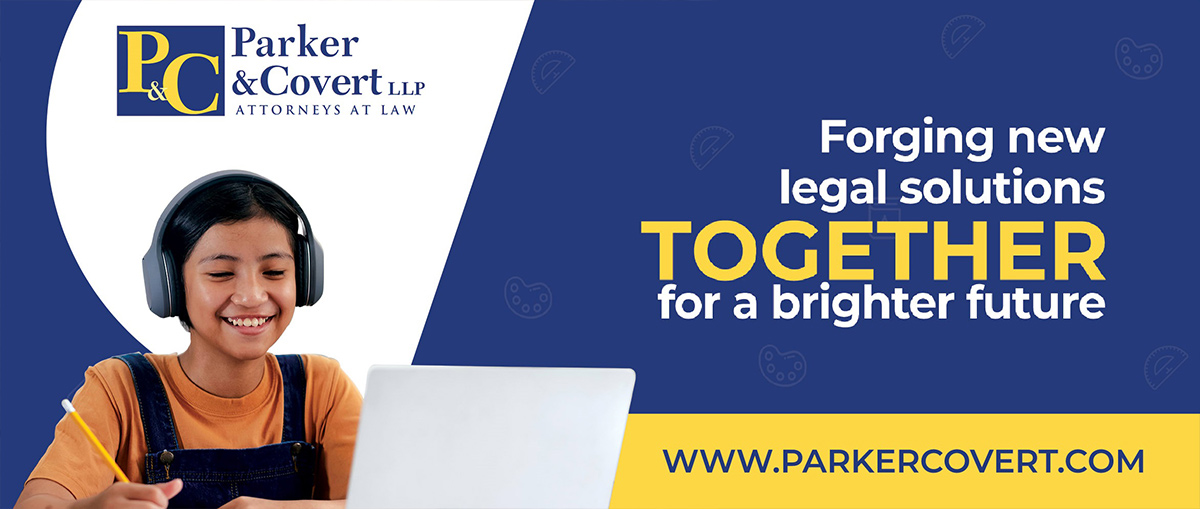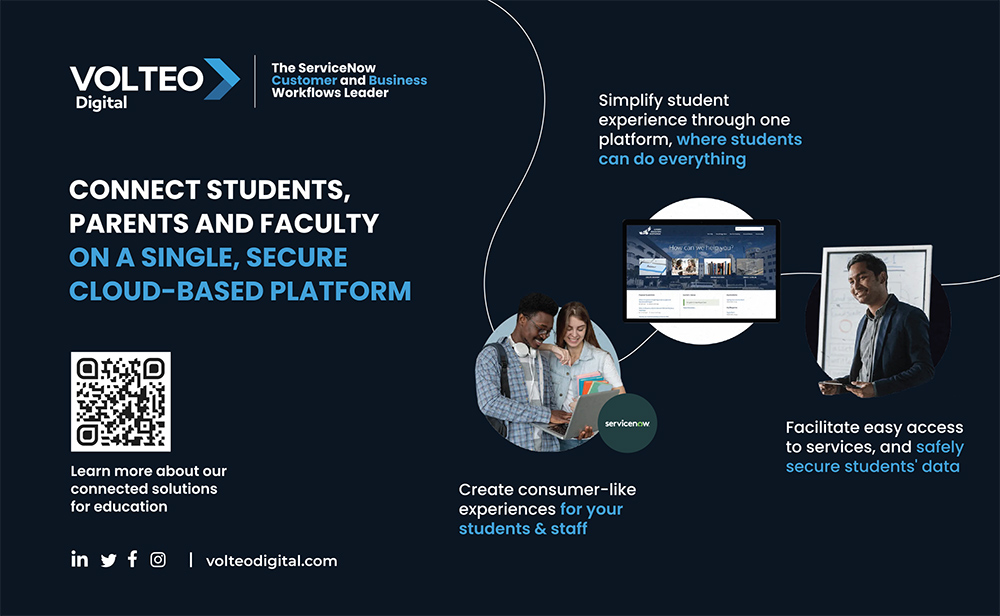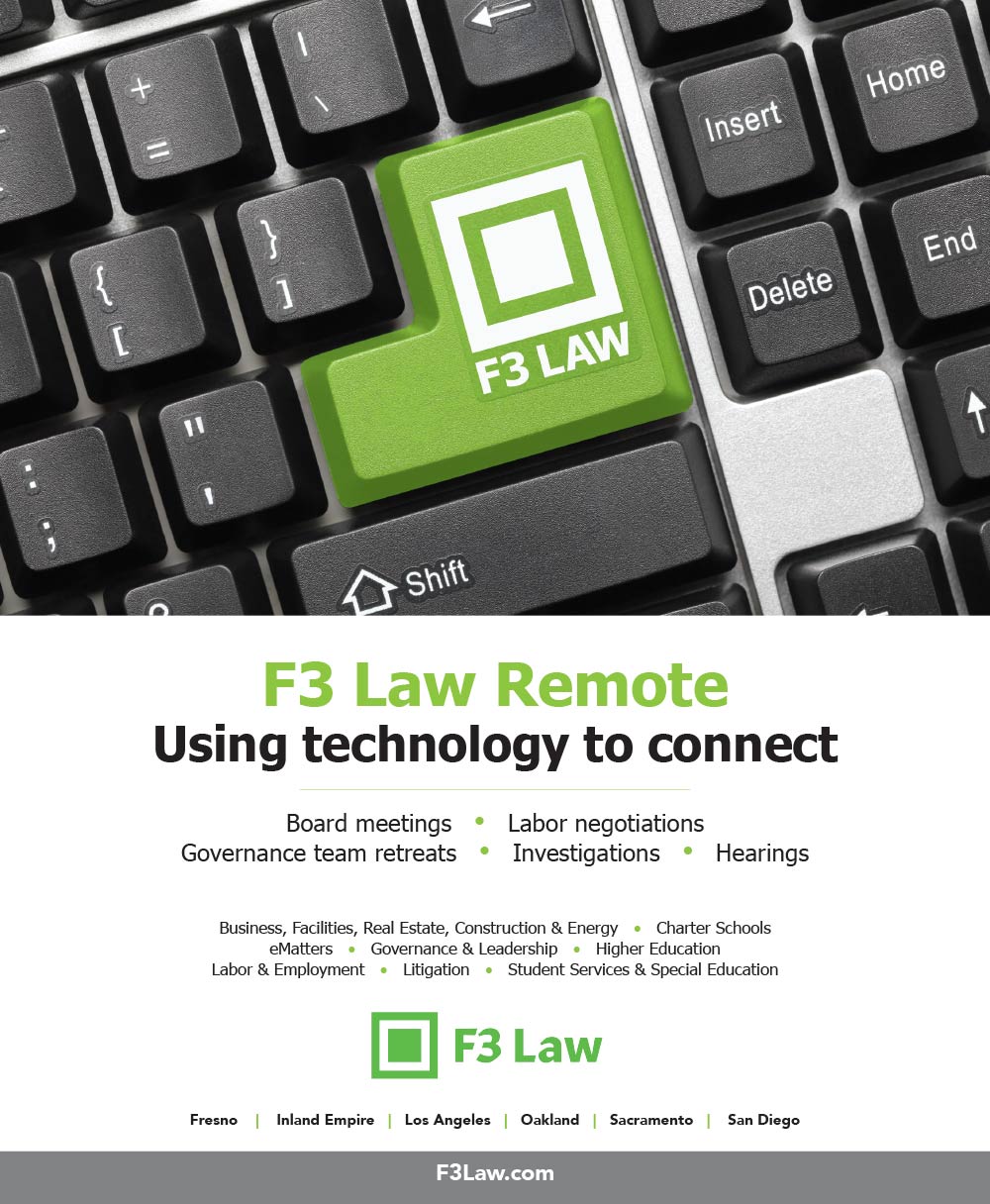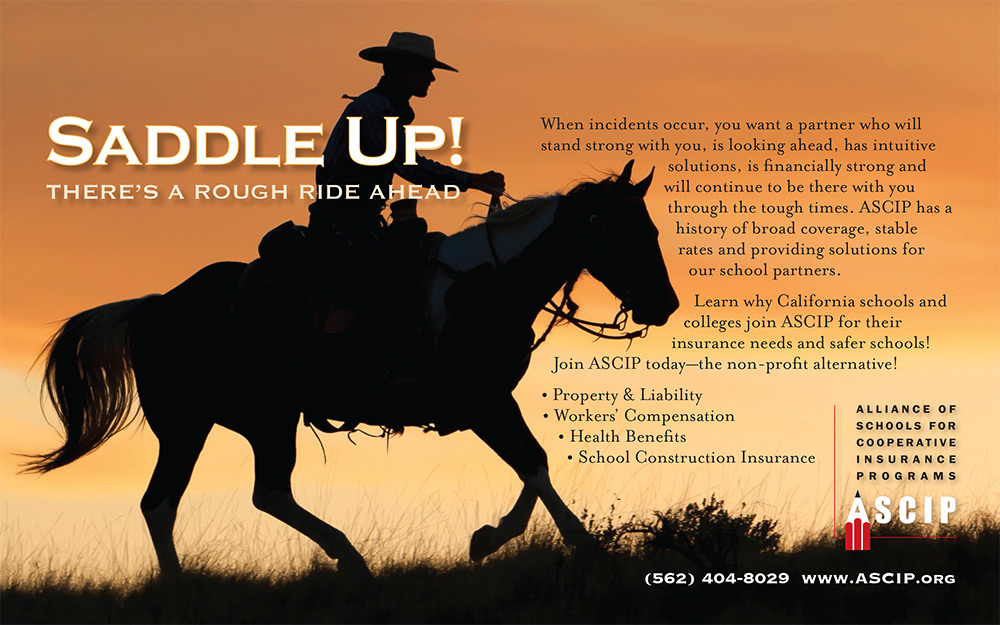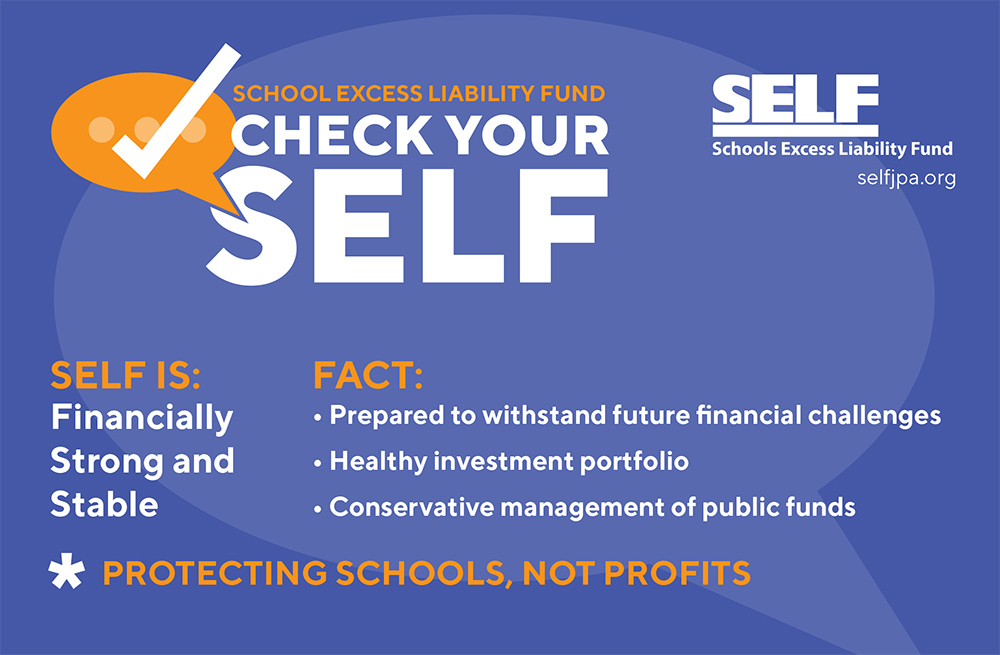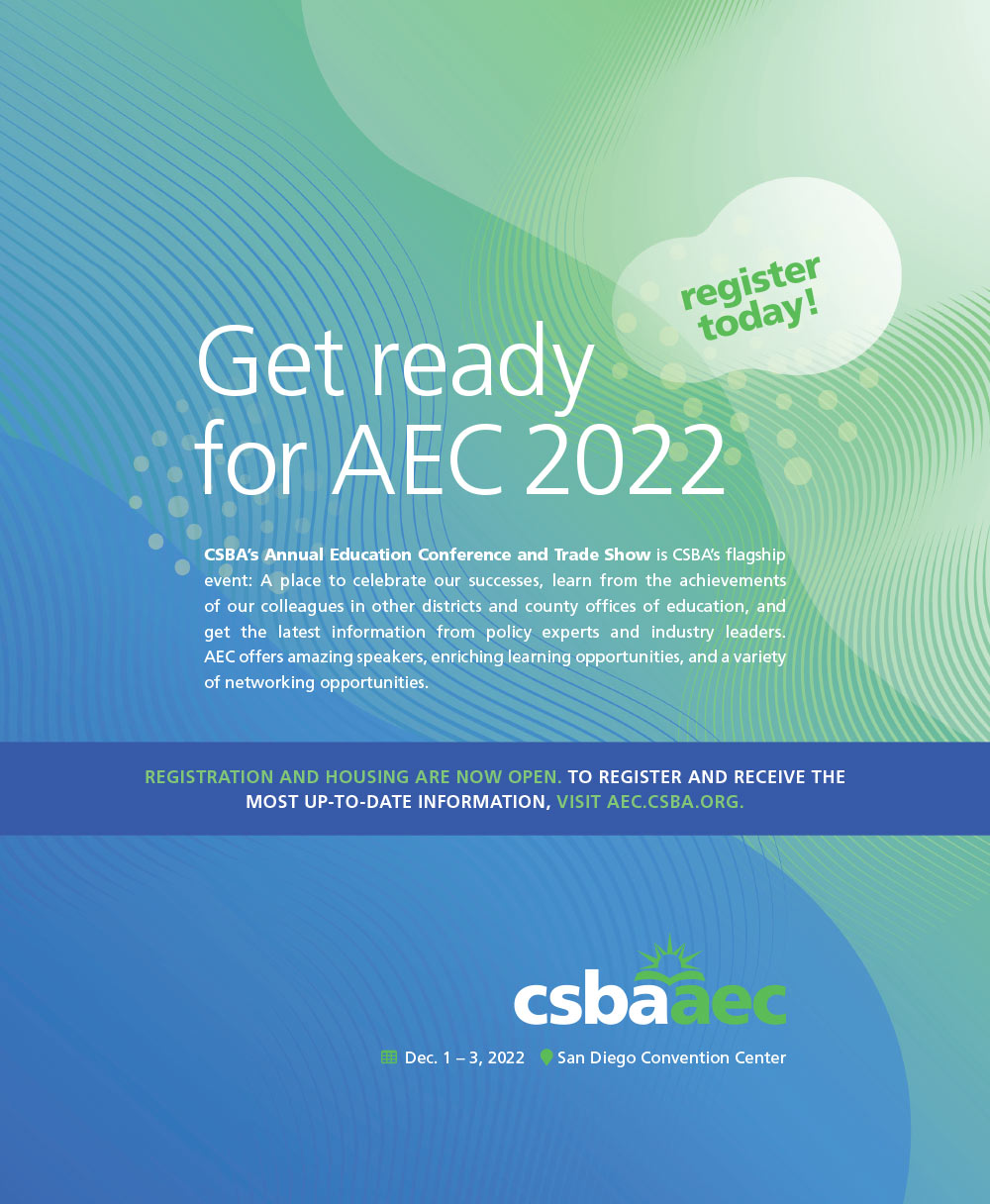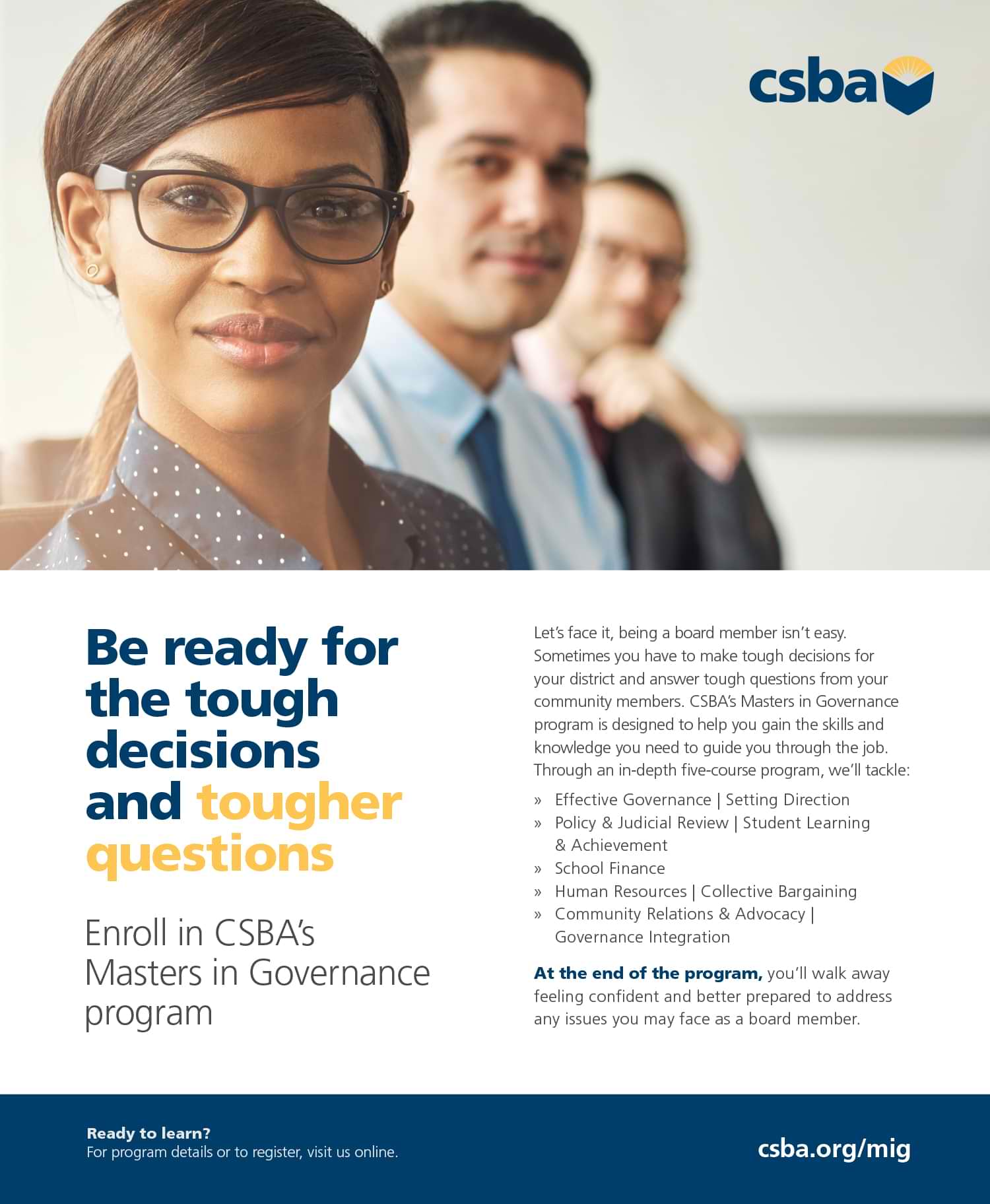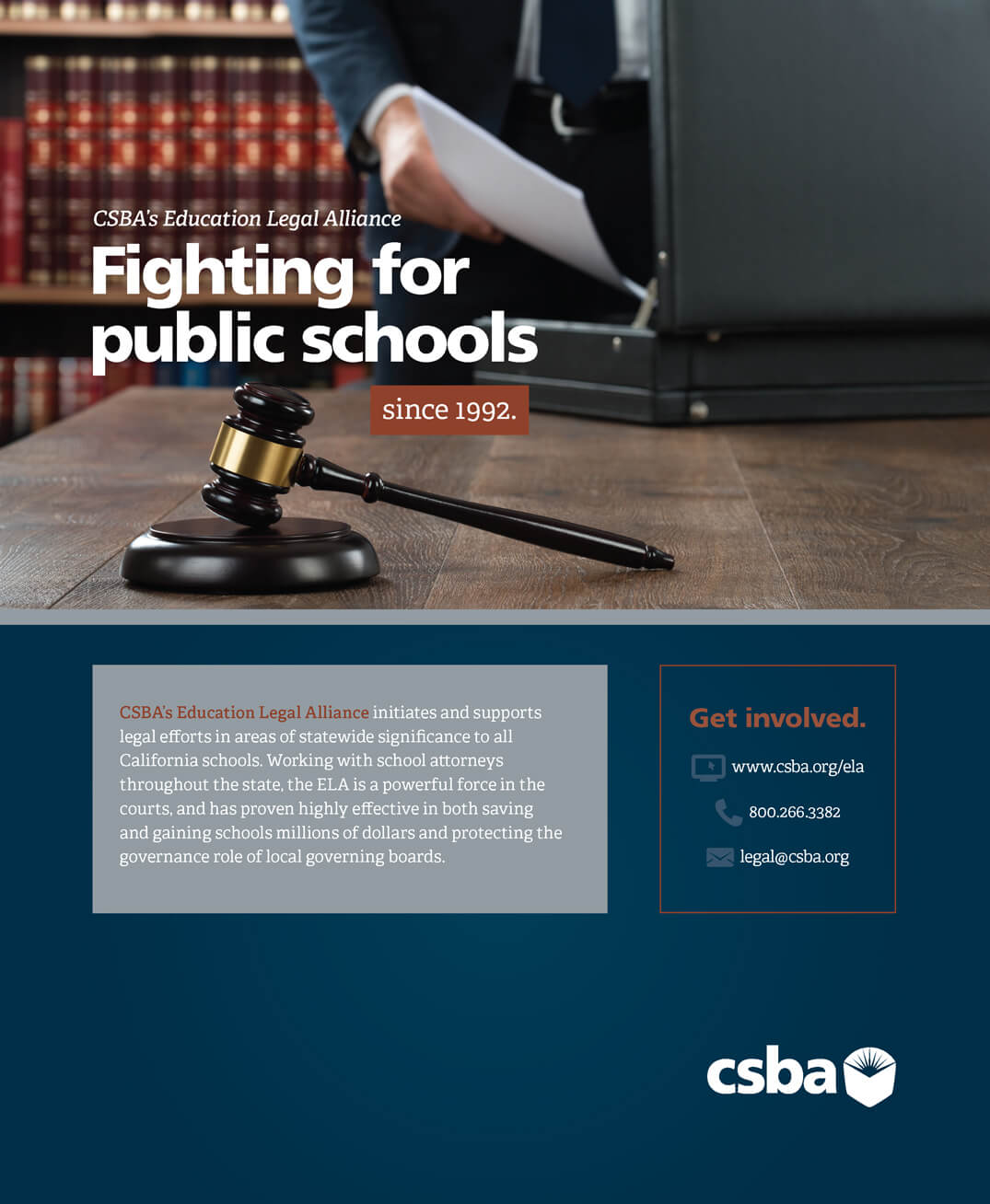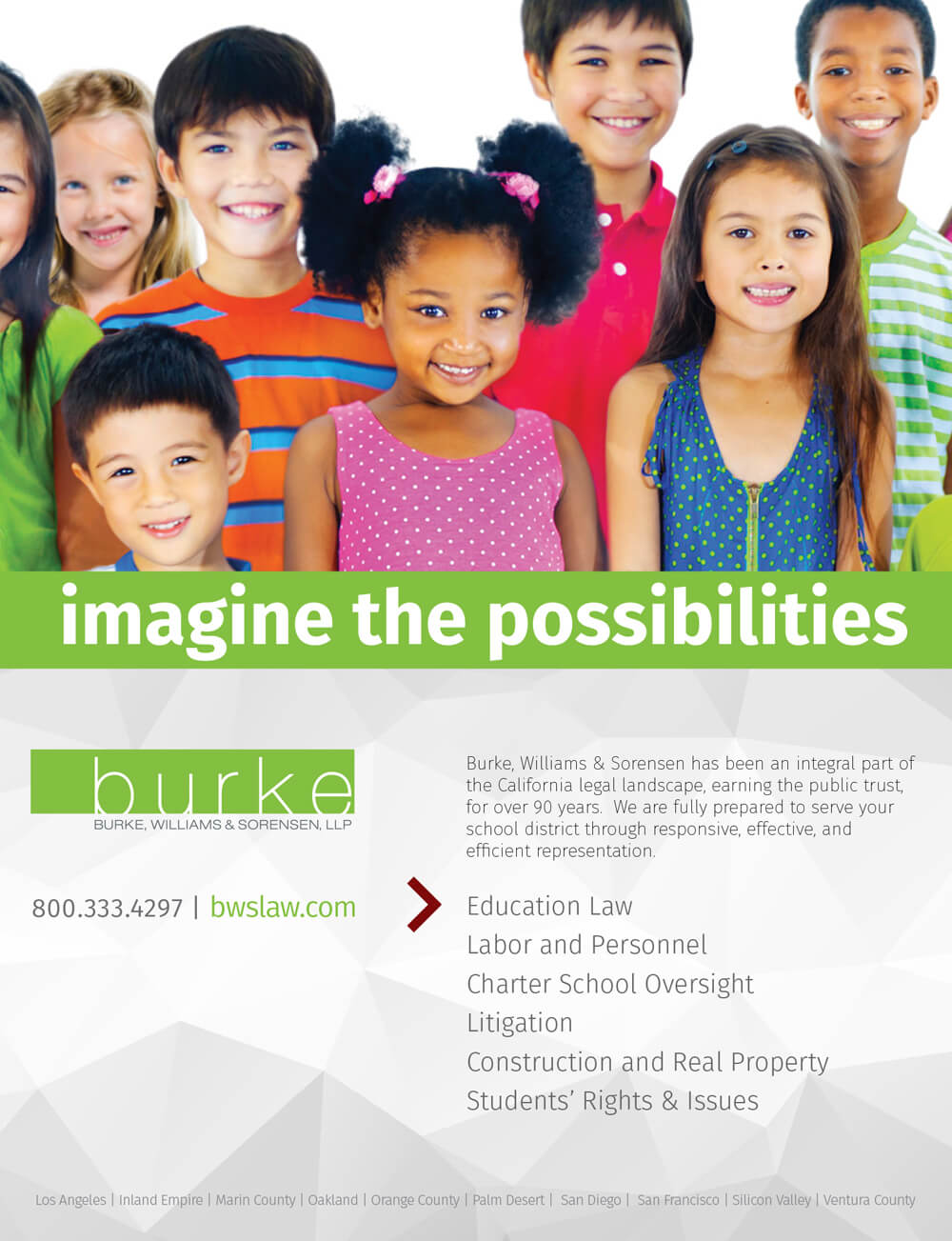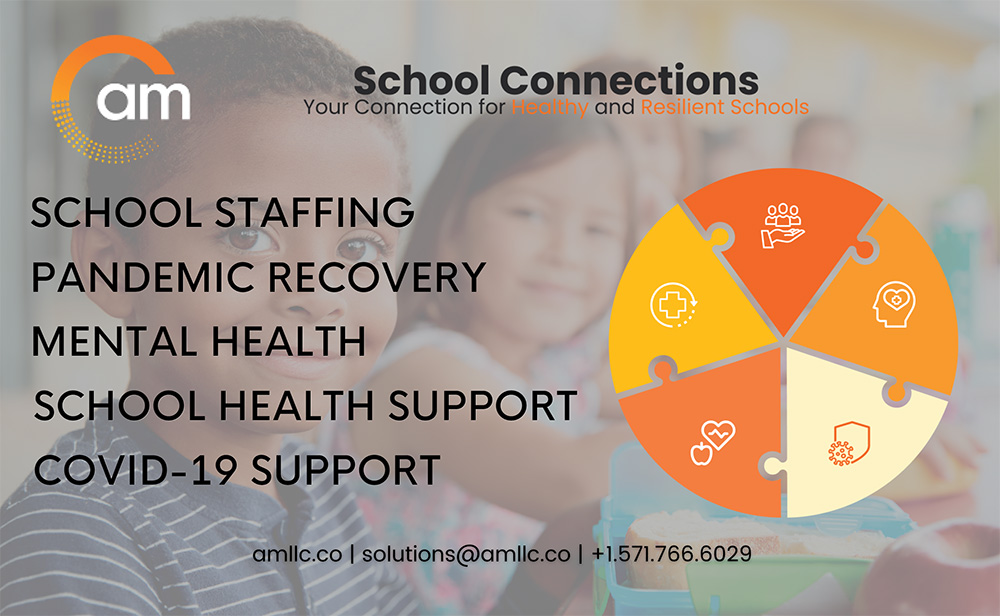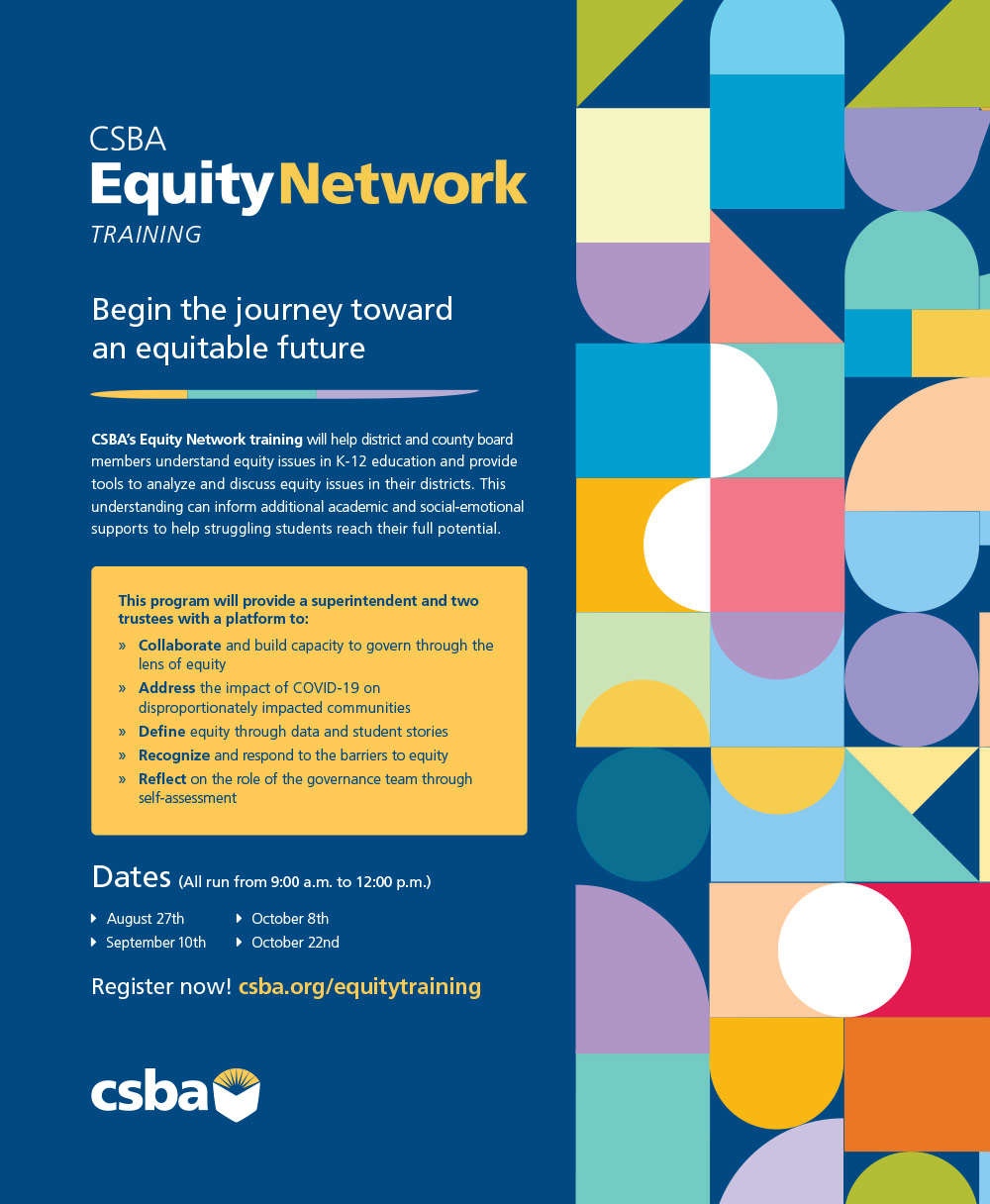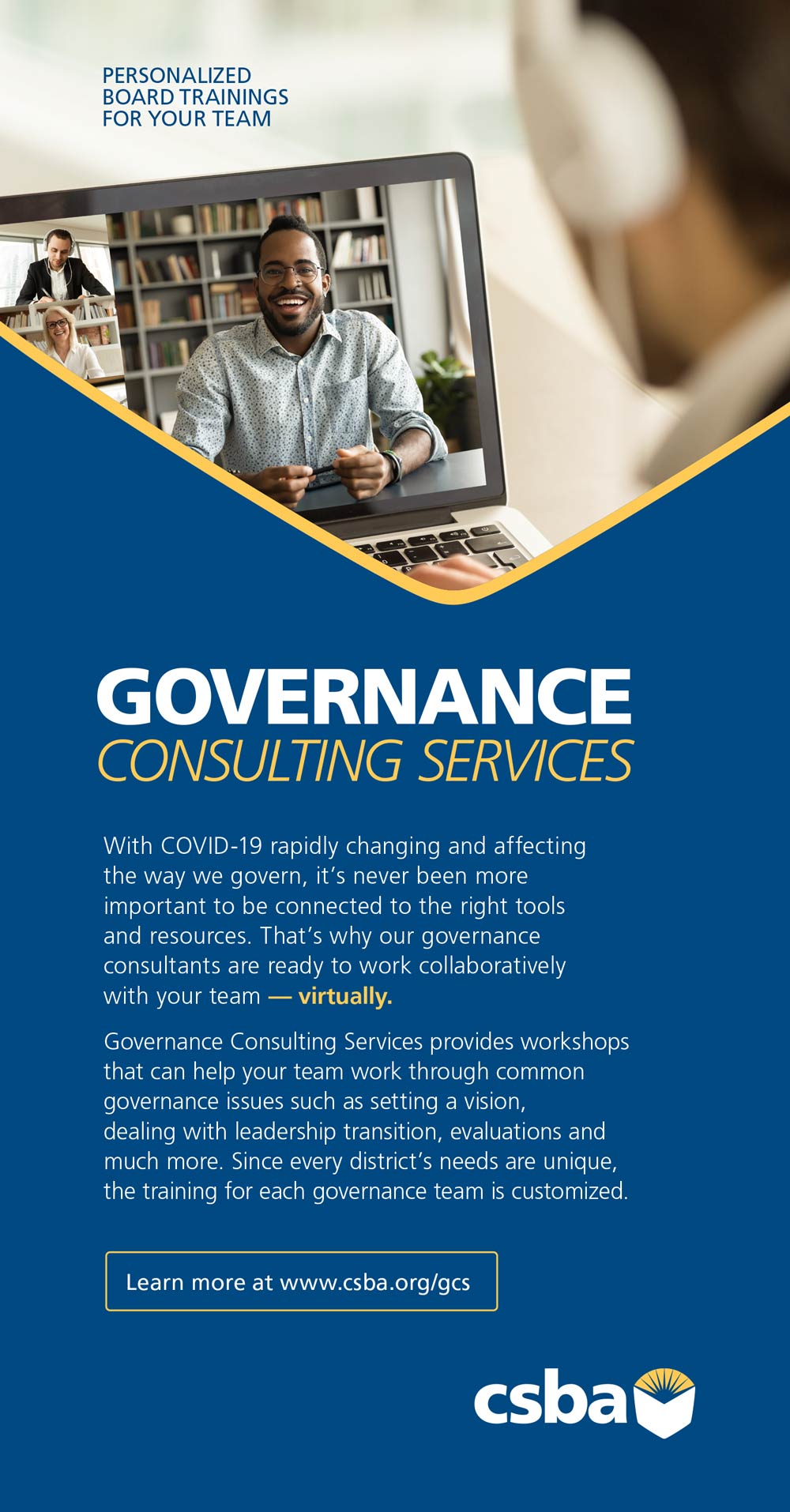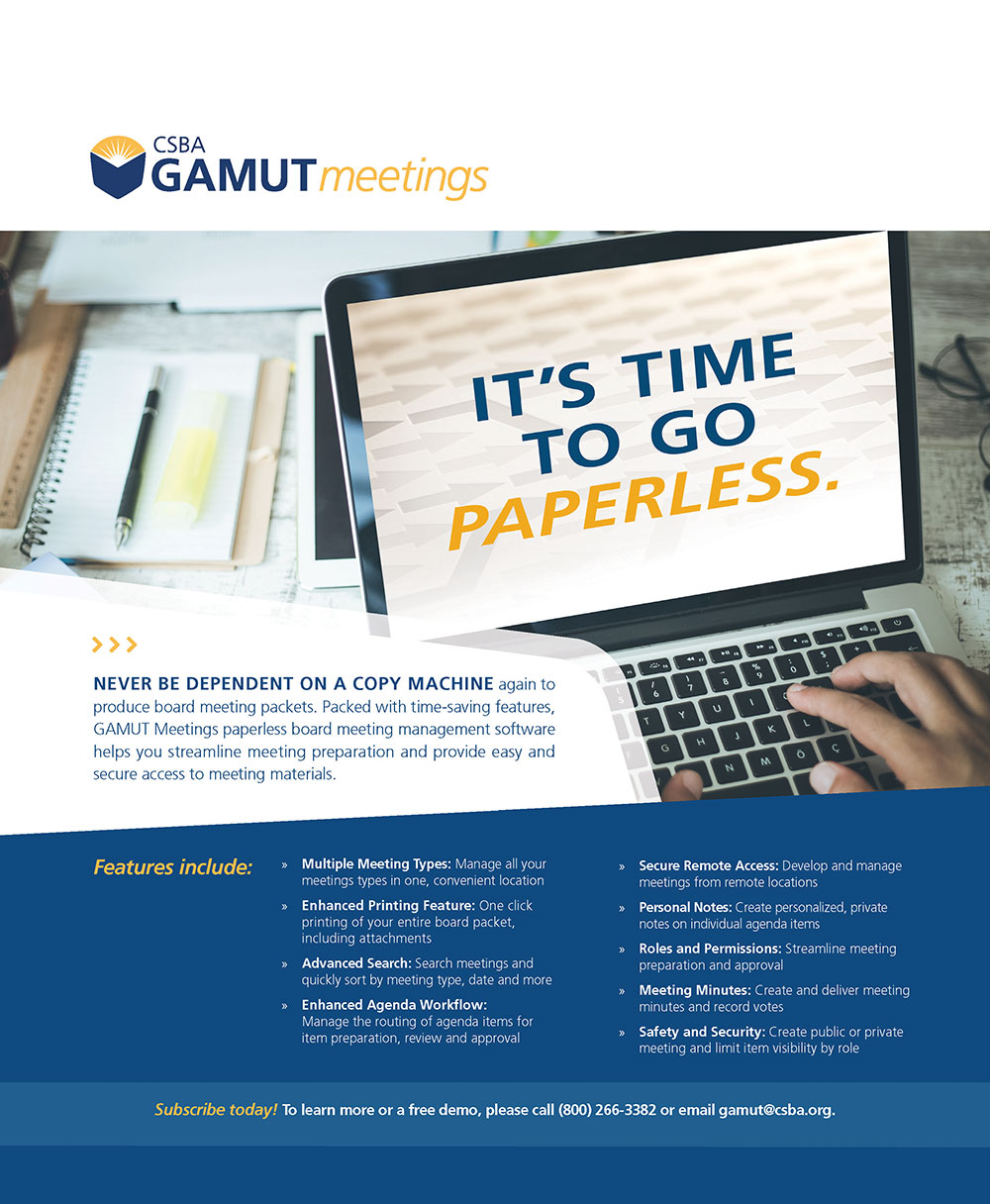
Summer 2022
New instructional models may be the key to retaining teachers
by Alisha Kirby
Empowering a generation of informed and engaged young people in divisive times
by Heather Kemp
How education workforce housing can help solve staffing shortages
by Kimberly Sellery
by Vernon M. Billy
by Keith Bray
by Monika Moulin, Bina Lefkovitz and Rosemary Kamei
by Trinette Marquis
by Linda Mayfield
Interview with Oscar Caralampio
Steve Zimmer
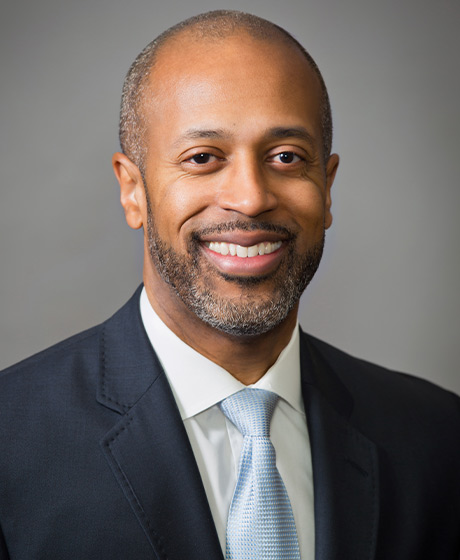
by Vernon M. Billy
e live in an era of constant crisis. Barely a week goes by without some new calamity making itself known. After years of being on high alert, it’s understandable that some people feel overwhelmed. Yet, as daunting as it may seem at times, we can’t shrink from our responsibility as education leaders.
At the two-day conference in Los Angeles, participants attended workshops on effective governance in difficult times, the benefits of supporting board member mental health, budgeting for equity, crisis communications and community engagement. Attendees were also treated to three keynote sessions, including one devoted to hazard preparedness, which I had the pleasure of moderating. I was joined on the panel by Mark Ghilarducci, director of California’s Office of Emergency Services and previously a cabinet member and secretary of the California Emergency Management Agency. Mark serves as Gov. Gavin Newsom’s homeland security advisor and oversees statewide public safety, emergency management, emergency communications counter-terrorism efforts and the state’s threat assessment system.

Region 1, Del Norte County USD
Sherry Crawford
Region 2, Siskiyou COE
A.C. “Tony” Ubalde, Jr.
Region 3, Vallejo City USD
Renee Nash
Region 4, Eureka Union SD
Alisa MacAvoy
Region 5, Redwood City ESD
Darrel Woo
Region 6, Sacramento City USD
James Aguilar
Region 7, San Leandro HSD
Region 8, Manteca USD
Tami Gunther
Region 9, Atascadero USD
Kathy Spate
Region 10, Caruthers USD
Sabrena Rodriguez
Region 11, Ventura USD
William Farris
Region 12, Sierra Sands USD
Susan Henry
Region 15, Huntington Beach Union HSD
Karen Gray
Region 16, Silver Valley USD
Region 17, Solano Beach SD
Wendy Jonathan
Region 18, Desert Sands USD
Devon Conley
Region 20, Mountain View Whisman SD
Tanya Ortiz Franklin
Region 21, Los Angeles USD
Nancy Smith
Region 22, Palmdale SD
Helen Hall
Region 23, Walnut Valley USD
Leighton Anderson
Region 24, Whittier Union HSD
Director-at-Large African American,
Monterey Peninsula USD
Crystal Martinez-Alire
Director-at-Large American Indian,
Elk Grove USD
Amy Koo
Director-at-Large Asian/Pacific Islander,
Belmont-Redwood Shores SD
Michael Teasdale
Director-at-Large County, Riverside COE
Joaquín Rivera
Director-at-Large Hispanic, Alameda COE
Joe Ross
CCBE President, San Mateo COE
Region 1, Del Norte County USD
Sherry Crawford
Region 2, Siskiyou COE
A.C. “Tony” Ubalde, Jr.
Region 3, Vallejo City USD
Renee Nash
Region 4, Eureka Union SD
Alisa MacAvoy
Region 5, Redwood City ESD
Darrel Woo
Region 6, Sacramento City USD
James Aguilar
Region 7, San Leandro HSD
Stephen J. Schluer
Region 8, Manteca USD
Tami Gunther
Region 9, Atascadero USD
Kathy Spate
Region 10, Caruthers USD
Sabrena Rodriguez
Region 11, Ventura USD
William Farris
Region 12, Sierra Sands USD
Susan Henry
Region 15, Huntington Beach Union HSD
Karen Gray
Region 16, Silver Valley USD
Debra Schade
Region 17, Solano Beach SD
Wendy Jonathan
Region 18, Desert Sands USD
Vacant
Region 20
Tanya Ortiz Franklin
Region 21, Los Angeles USD
Nancy Smith
Region 22, Palmdale SD
Helen Hall
Region 23, Walnut Valley USD
Leighton Anderson
Region 24, Whittier Union HSD
Bettye Lusk
Director-at-Large African American,
Monterey Peninsula USD
Crystal Martinez-Alire
Director-at-Large American Indian,
Elk Grove USD
Amy Koo
Director-at-Large Asian/Pacific Islander,
Belmont-Redwood Shores SD
Michael Teasdale
Director-at-Large County, Riverside COE
Joaquín Rivera
Director-at-Large Hispanic, Alameda COE
Joe Ross
CCBE President, San Mateo COE
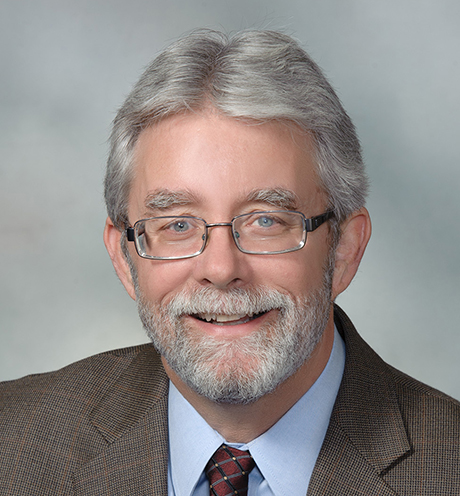
legal insights
Addressing disruptive behavior at board meetings and beyond
chool and county board members have experienced a sudden surge in interest in their meetings during the pandemic. Issues that have brought parents, students, hellraisers and members of the general public to the board room, many Zooming in from around the state and the nation, resulted in board presidents having to brush up on their parliamentary skills and everyone taking just a little more personal time to prepare.
The pressure on governing boards and school staff to create a safe learning environment during constant uncertainty and ever-changing guidance was enormous. Most members stood up and met the challenge head-on, no matter if the changes they just made at the previous meeting had to be changed yet again, sometimes amidst a storm of unyielding protest. The fallout from this constant rate of change has affected everyone involved in the delivery of public education. It will take years for some students to recover academically and for children and young adults to recover emotionally and mentally. And for some adults who were involved with creating a safe and productive TK-12 learning environment, like the students they serve, their wounds may never heal.

Chief Information Officer
Troy Flint, tflint@csba.org
Editorial Director
Kimberly Sellery, ksellery@csba.org
Marketing Director
Andy Rolleri, arolleri@csba.org
Staff Writers
Heather Kemp, hkemp@csba.org
Alisha Kirby, akirby@csba.org
Director of Graphic Design and Branding
Kerry Macklin, kmacklin@csba.org
Senior Graphic Designer
Amanda Moen, amoen@csba.org
Circulation and Advertising
csba@csba.org
CSBA OFFICERS
Dr. Susan Heredia, Natomas USD
President-elect
Susan Markarian, Pacific Union ESD
Vice President
Albert Gonzalez, Santa Clara USD
Immediate Past President
Xilonin Cruz-Gonzalez, Azusa USD
CEO & Executive Director
Vernon M. Billy
Articles submitted to California Schools are edited for style, content and space prior to publication. Views expressed are those of the authors and do not necessarily represent CSBA policies or positions. Articles may not be reproduced without written permission of the publisher. Endorsement by CSBA of products and services advertised in California Schools is not implied or expressed.

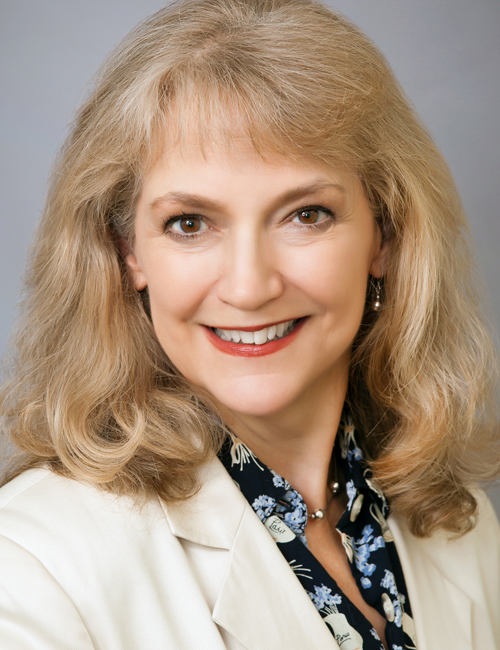
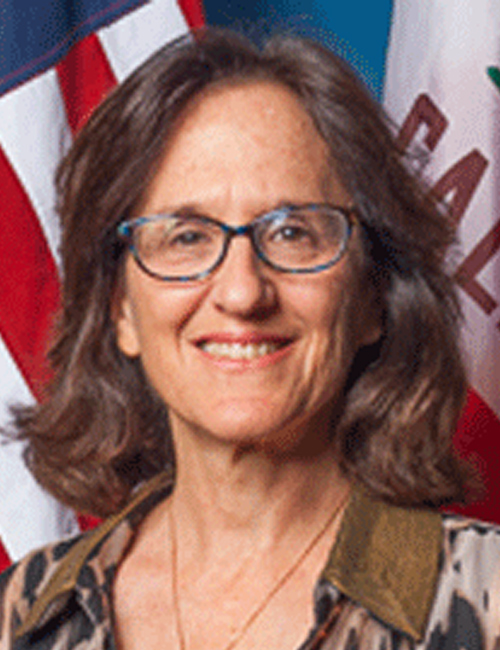
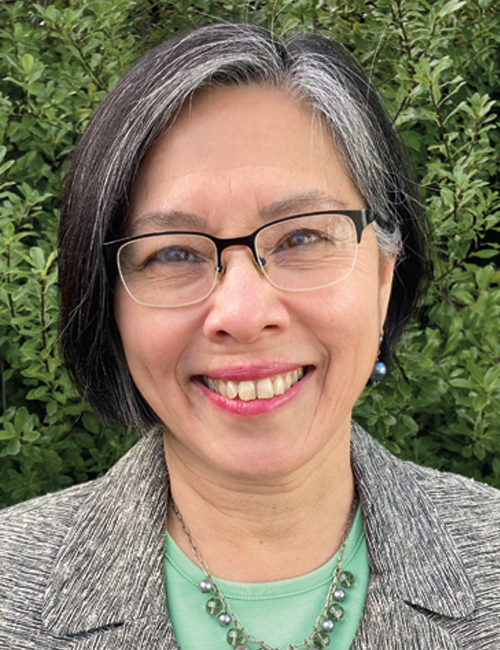

Dear BoardWise: What are best practices to engage our communities in a post-COVID environment?
Monika: Our turbulent recent past has taught us a couple of things that can inform how we identify community engagement practices that will aid us moving forward. Some optimistically term our present status as “post-COVID,” while others express that the coronavirus and its societal effects have become truly endemic and may be omnipresent in our future.
class act Best practices in action
Best practices in action

Best practices in action

Zoo Crew: Engineers Gone Wild! — the district’s Golden Bell Award-winning program — makes engineering career technical education more attractive to low-income, female and other student groups that are often reluctant to participate in high-level science, technology, engineering and math coursework.
Martha Schirn, the El Monte Union HSD grant writer responsible for securing the program’s funding, said it was specifically designed to draw in STEM-averse students.

Predicting the future of school communications
ith the chaotic events of the past two years, it might seem impossible to try to predict what might happen in schools the next two years. However, that’s just what districts across the country are trying to do.
There were three key takeaways in the 1,316 responses that can provide insight into trends that are likely to affect most districts in the near future.
he Mariposa County Unified School District, a small, single-district county located in the foothills adjacent to Yosemite National Park, recently received a Notable Achievement Award presented by the U.S. Department of Energy and Lawrence Berkeley National Laboratory.
With the onset of the pandemic, it became clear to district administration that the need to ensure all facilities delivered the best air quality available for students and staff was imperative. Proper ventilation and air filtration were critical components that needed to be addressed immediately and focusing on ventilation made sense for the district. For a small, rural school district with very limited funding, the way was not always clear — it was also important to make sure that available Elementary and Secondary School Emergency Relief funding was spent wisely. District staff began to analyze the flood of information that was suddenly available; companies suggesting their equipment could solve air quality concerns suggested the purchase of air scrubbers, filters, etc.
I have been a board member for two years now and I decided to run for a position during the COVID-19 pandemic. Having a newborn, being a teacher during the pandemic and running for a seat was not an effortless task but it has been fulfilling. When FUHSD transitioned to a by-trustee election system in 2019, I believed that it was the perfect opportunity to give our migrant community a chance to have a seat at the table. The fight for social justice and equity has always led me to be highly involved in my community and, especially during the pandemic, I wanted to ensure that voices from all of our constituents were being heard.
Who inspired you growing up?
My parents have been my biggest inspiration. The civil war in Guatemala deprived them of the opportunity of ever being in a classroom, they never attended school, but they believed strongly in the power of education. We are indigenous immigrants from the Q’anjob’al (Maya) speaking community in Guatemala and I still remember my father’s words, in Q’anjob’al, replaying over and over in my head, “What education gives you, no one can come and take it away.”
What three books (and authors) have left a lasting impression on you?
I have enjoyed reading The Smartest Kids in the World, and How They Got That Way by Amanda Ripley. In summary, it analyzes the approaches that different worldwide leaders have taken in regard to their school systems and what methods have been the most successful. The Boy Who Was Raised as a Dog by American psychologist Bruce D. Perry has left a lasting impression on me. My wife, a high school counselor, shared this book with me and, as a public school teacher, I highly recommend it. Finally, I have found closure in Migrante by Marcos Antil. This author is a successful businessman, but he is also an indigenous Guatemalan refugee who lived through the civil war. He shares firsthand testimonies of what he witnessed as a child. I am finding many similarities with what my family went through in Guatemala, and I am thankful that our stories are being documented.
I am strongly concerned about the negative impacts that COVID has had and the effects it will have on our student population. From academic achievement to social and emotional support, it is important to have strong leaders in our schools that will put students first while using effective, data-driven approaches that will best serve our youth. As board members decide on how the budget should be spent, they must remember to keep all stakeholders in mind. The needs of families and students from the working class, who were most affected by the pandemic, should be addressed, which is why we need board members and superintendents from diverse backgrounds to be part of the decision making.
What advice do you have for new and aspiring board members?
I highly advise all new and aspiring board members to have a strong understanding of their purpose to run or serve on the board. I hope that all board members have the well-being of our students first, and that all new and aspiring board members learn how to work as a team with the rest of their board and the superintendent. Despite differences between elected board members, studies demonstrate that districts that function successfully are ones where trust and collaboration are highly practiced.


I have been a board member for two years now and I decided to run for a position during the COVID-19 pandemic. Having a newborn, being a teacher during the pandemic and running for a seat was not an effortless task but it has been fulfilling. When FUHSD transitioned to a by-trustee election system in 2019, I believed that it was the perfect opportunity to give our migrant community a chance to have a seat at the table. The fight for social justice and equity has always led me to be highly involved in my community and, especially during the pandemic, I wanted to ensure that voices from all of our constituents were being heard.
Who inspired you growing up?
My parents have been my biggest inspiration. The civil war in Guatemala deprived them of the opportunity of ever being in a classroom, they never attended school, but they believed strongly in the power of education. We are indigenous immigrants from the Q’anjob’al (Maya) speaking community in Guatemala and I still remember my father’s words, in Q’anjob’al, replaying over and over in my head, “What education gives you, no one can come and take it away.”
What three books (and authors) have left a lasting impression on you?
I have enjoyed reading The Smartest Kids in the World, and How They Got That Way by Amanda Ripley. In summary, it analyzes the approaches that different worldwide leaders have taken in regard to their school systems and what methods have been the most successful. The Boy Who Was Raised as a Dog by American psychologist Bruce D. Perry has left a lasting impression on me. My wife, a high school counselor, shared this book with me and, as a public school teacher, I highly recommend it. Finally, I have found closure in Migrante by Marcos Antil. This author is a successful businessman, but he is also an indigenous Guatemalan refugee who lived through the civil war. He shares firsthand testimonies of what he witnessed as a child. I am finding many similarities with what my family went through in Guatemala, and I am thankful that our stories are being documented.
What is one major concern you hope to address as a board member?
I am strongly concerned about the negative impacts that COVID has had and the effects it will have on our student population. From academic achievement to social and emotional support, it is important to have strong leaders in our schools that will put students first while using effective, data-driven approaches that will best serve our youth. As board members decide on how the budget should be spent, they must remember to keep all stakeholders in mind. The needs of families and students from the working class, who were most affected by the pandemic, should be addressed, which is why we need board members and superintendents from diverse backgrounds to be part of the decision making.
What advice do you have for new and aspiring board members?
I highly advise all new and aspiring board members to have a strong understanding of their purpose to run or serve on the board. I hope that all board members have the well-being of our students first, and that all new and aspiring board members learn how to work as a team with the rest of their board and the superintendent. Despite differences between elected board members, studies demonstrate that districts that function successfully are ones where trust and collaboration are highly practiced.

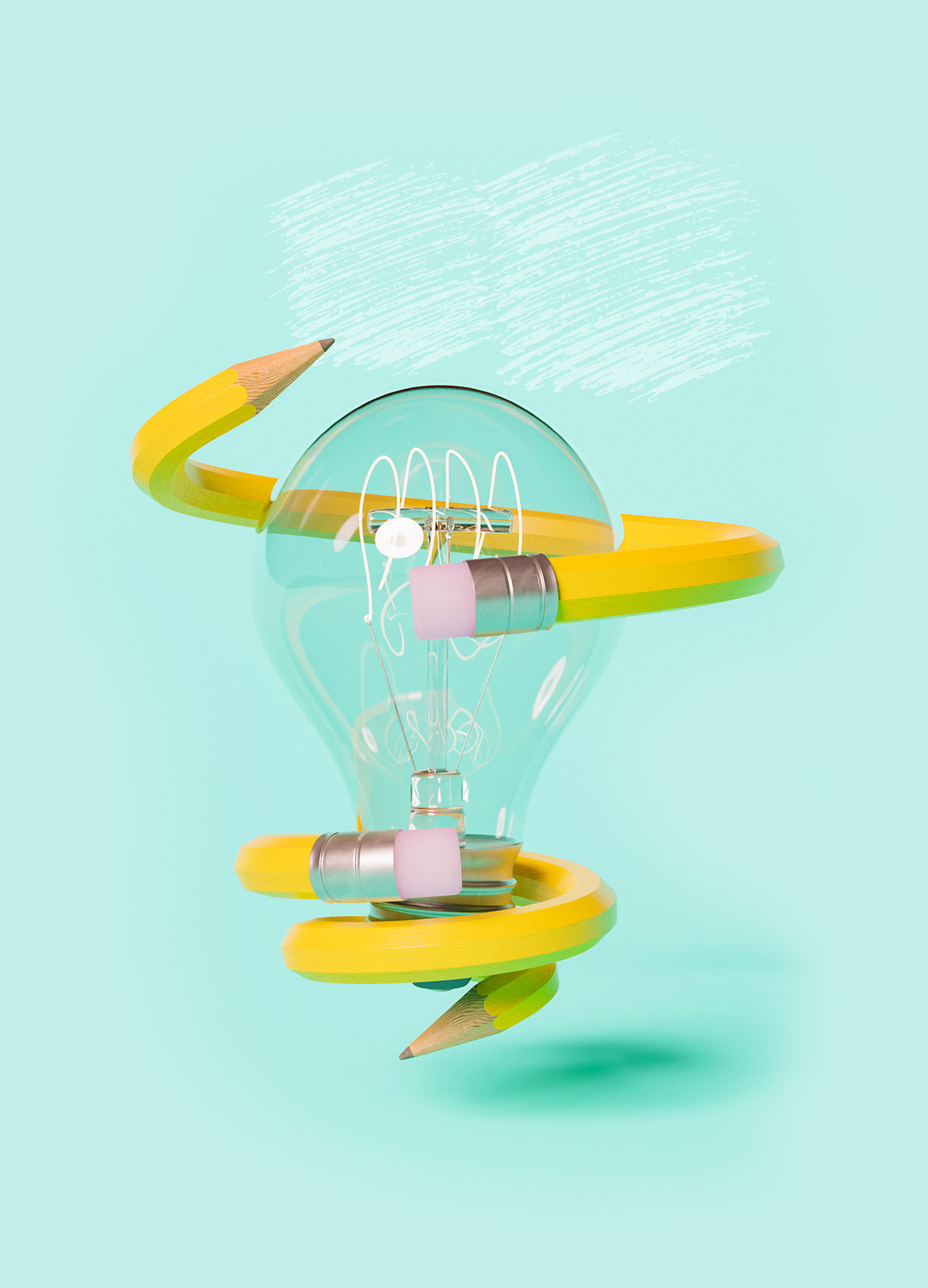

While the exodus of educators hasn’t played out the way researchers expected at the height of the pandemic, national surveys suggest there is still cause for alarm. In February, the National Education Association (NEA), which represents nearly 3 million educators, released a survey of members’ opinions on key issues facing public education during the pandemic. Teachers reported that massive staff shortages exasperated by COVID-19 were leaving them increasingly burned out, so much so that 55 percent indicated that they are ready to leave the profession earlier than planned.

ike those who participated in the NEA survey, Burnett, Wheeler and Schlatter pointed to raising educator salaries, providing additional mental health support for students, reducing class sizes and hiring more teachers and support staff as potential solutions to stemming educator burnout. Yet the one theme common among all three was the desire to see state and local policymakers take this chance to adapt public schooling in ways that truly meet the needs of all students — an opportunity they say is currently being wasted.


At a time when the country is greatly divided over topics like public health strategies and ethnic studies — and with misinformation running rampant — Patterson is a prime example of the kind of informed and active young citizen many local educational agencies are hoping to inspire through civics education. He had just left a Senate Education Committee hearing where Senate Bill 1236, proposed legislation allowing school boards the ability to give student board members full voting rights, passed through the committee 6-1 on a spring evening when he was interviewed for this article.
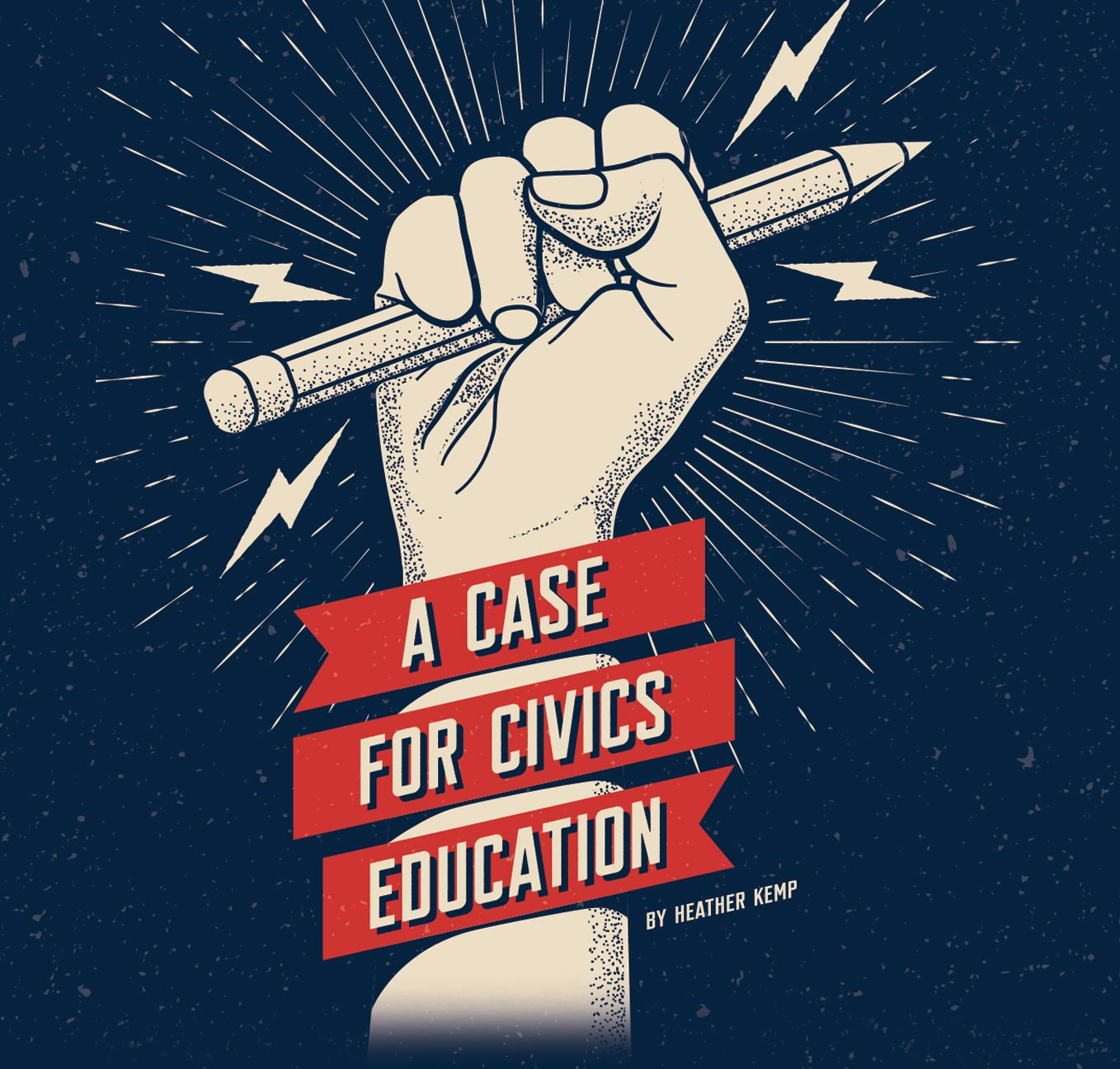

At a time when the country is greatly divided over topics like public health strategies and ethnic studies — and with misinformation running rampant — Patterson is a prime example of the kind of informed and active young citizen many local educational agencies are hoping to inspire through civics education. He had just left a Senate Education Committee hearing where Senate Bill 1236, proposed legislation allowing school boards the ability to give student board members full voting rights, passed through the committee 6-1 on a spring evening when he was interviewed for this article.
s the K-12 education system is one of — if not the first — governmental organization Americans interact with in their lifetime, Patterson sees great importance in being involved and advocating for his peers in Southern California and across the state. Helping all students find their voice and teaching them to use it in a civil, productive way may be more important than ever.
An Affordable Place to Call
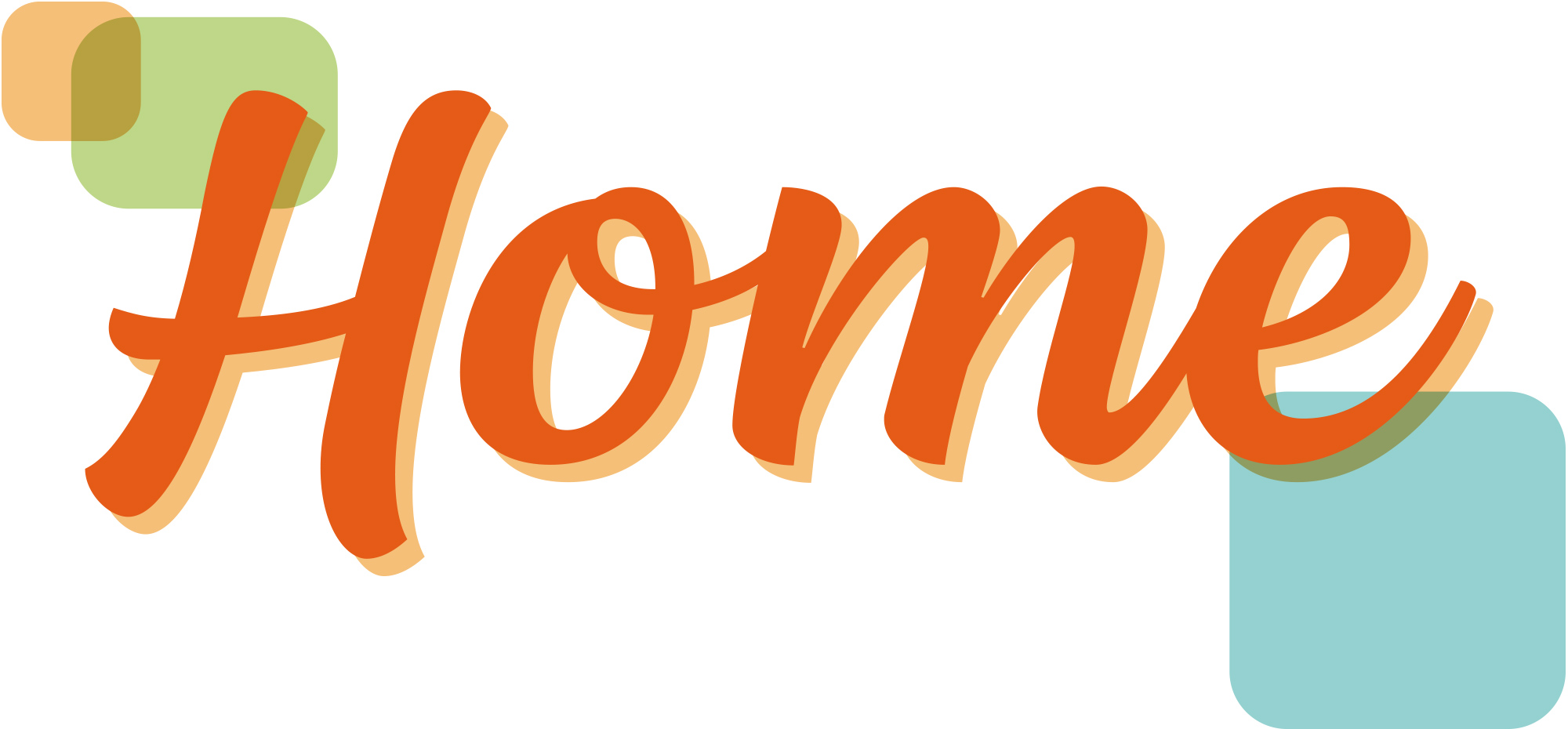
How education workforce housing can help solve staffing shortages
By Kimberly Sellery

eadlines this year in newspapers across the state have trumpeted word of a severe teacher shortage — an issue that has built for years and was exacerbated by the COVID-19 pandemic. The average yearly teacher turnover rate in California is 16.5 percent, with 8.5 percent leaving the profession and 8 percent leaving their current school for another, according to a 2018 Learning Policy Institute analysis. In one in 10 districts, however, the teacher turnover rate is 25 percent or higher.
California’s ongoing teacher shortage makes it difficult to fully support the state’s nearly 6 million public school students in obtaining optimal outcomes. When districts cannot fill a position with a qualified teacher, options include long-term substitutes or teachers with substandard credentials, leaving positions vacant, increasing class sizes or canceling courses — all of which affect student achievement negatively. Many sectors are working to alleviate this issue through initiatives such as grow-your-own programs, adjusting credentialing requirements and creating career pathways. In addition, teaching is not the only position experiencing staffing issues, which extend to many corners of the education workforce including paraprofessionals, counselors, cafeteria workers and more.
As a former trustee for the Los Angeles Unified School District school board from 2009–2017, Zimmer understands the challenges that local educational agencies face as they work to address student needs amid severe staffing shortages and other barriers to using one-time state and federal pandemic-recovery funds. Yet, despite these difficulties, it is imperative that district leaders use these resources to develop the kind of sustainable programming that will support the whole child long-term.


